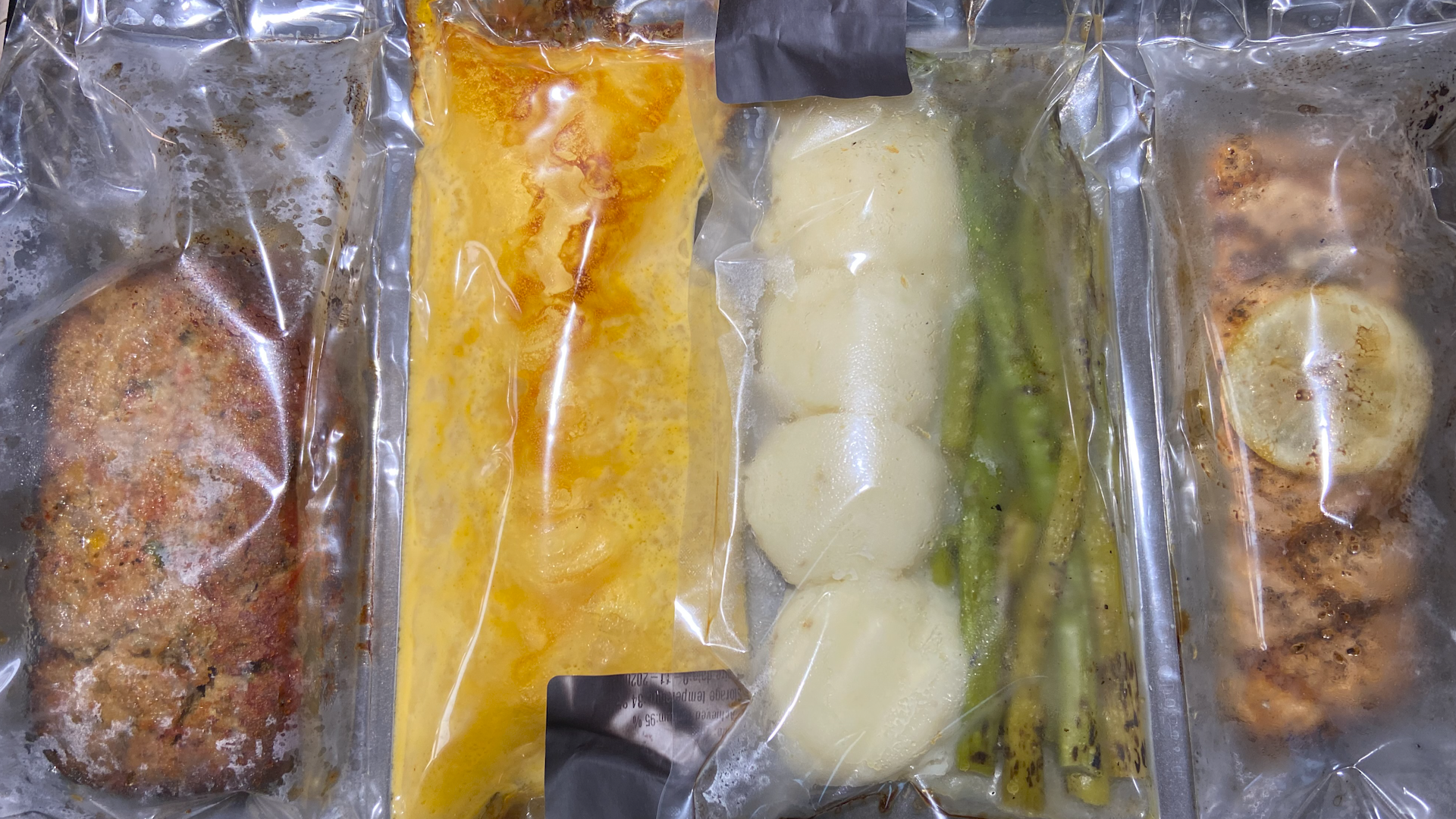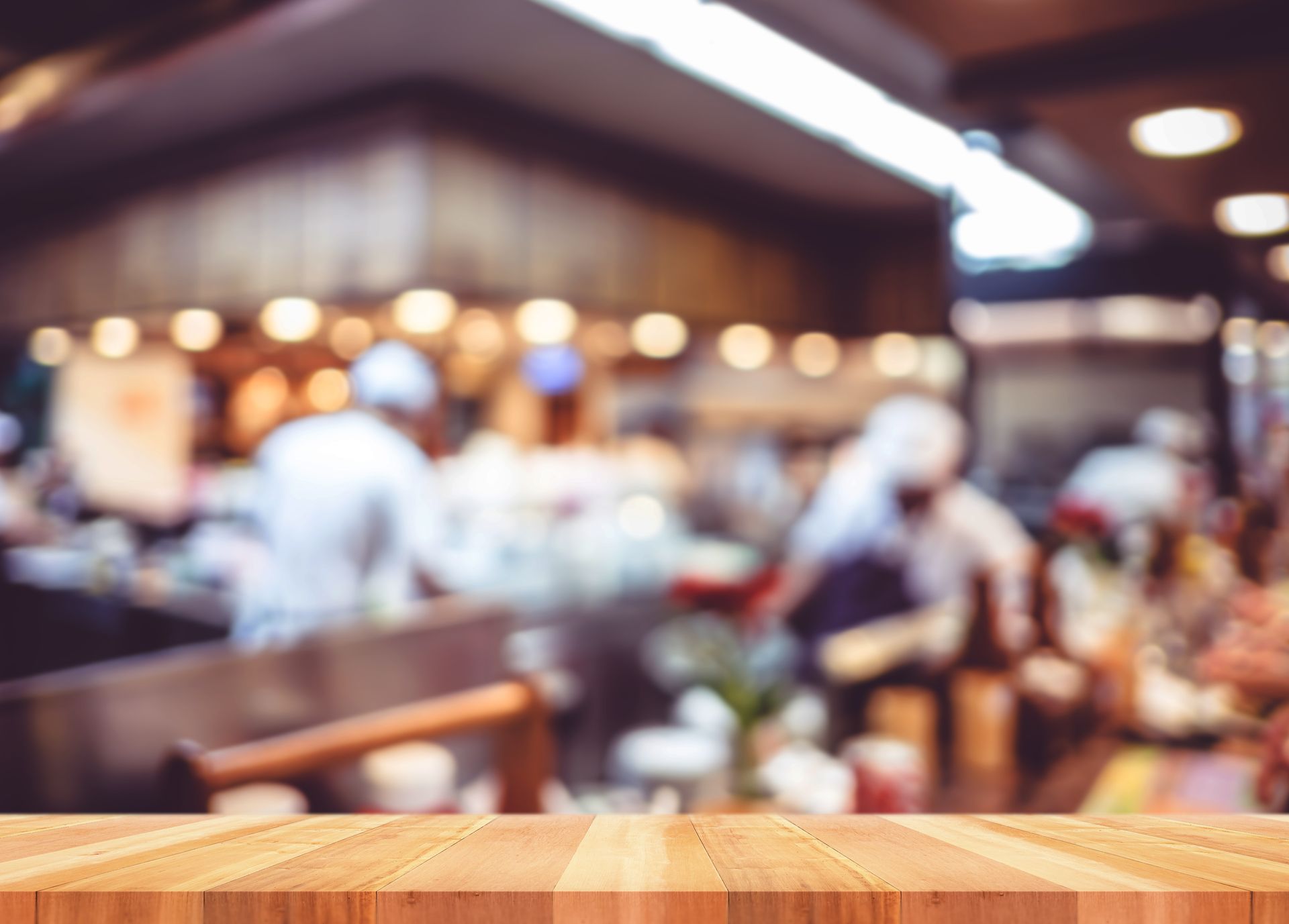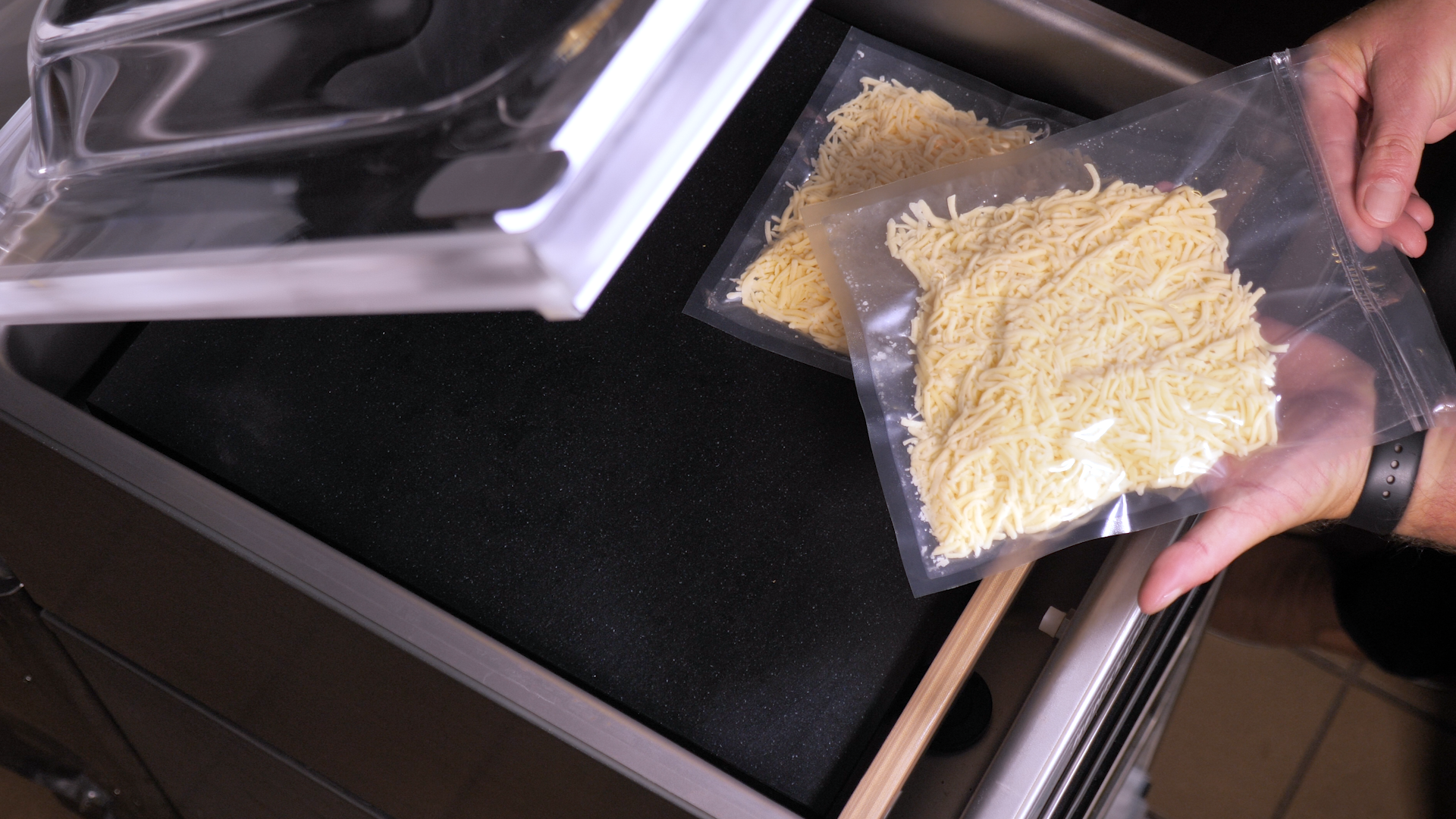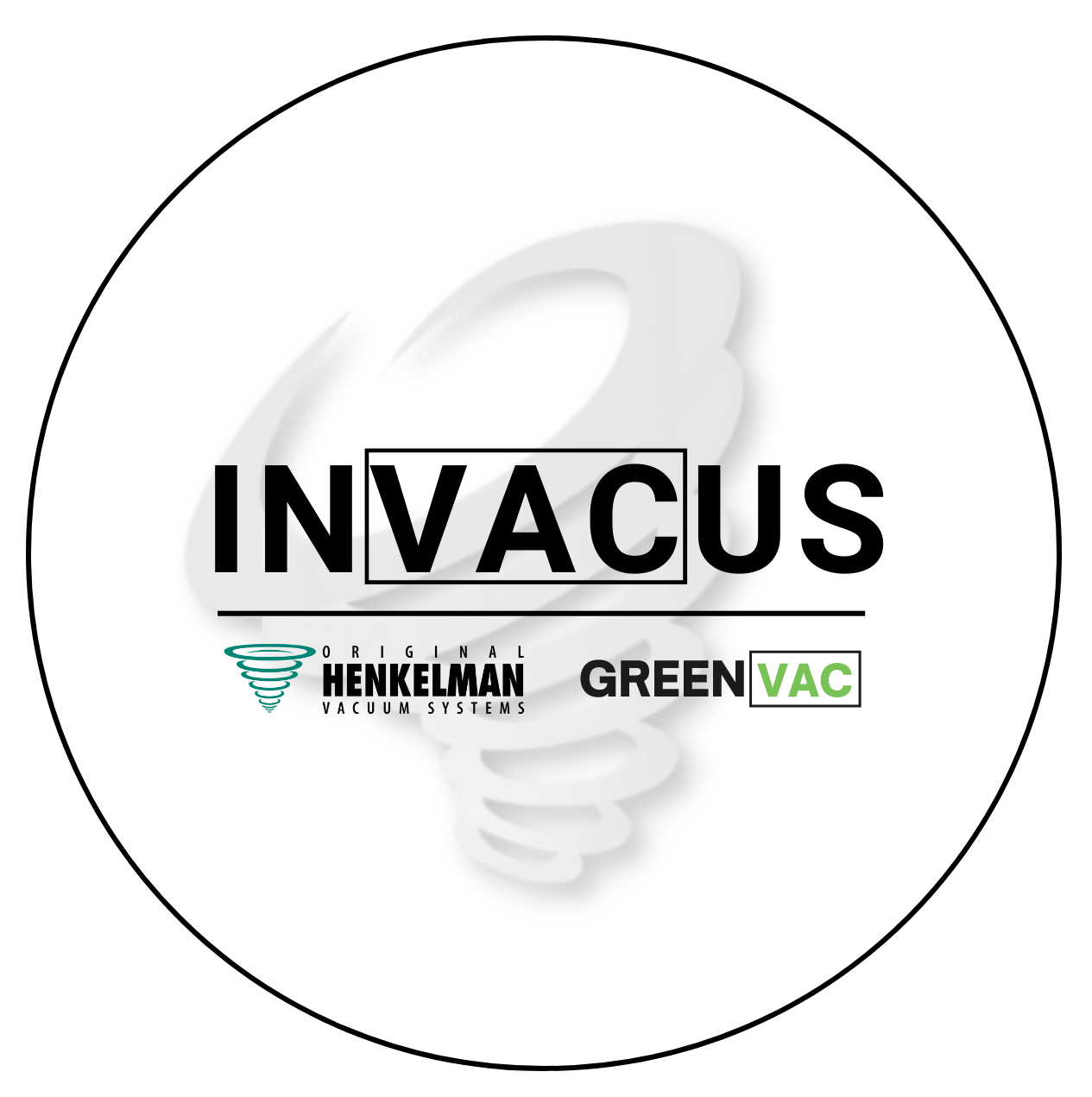Why Food Manufacturers Should Consider Vacuum Sealing Fresh Produce
Why Vacuum Sealing is Essential for Food Manufacturers
In an era where sustainability and efficiency are paramount, vacuum sealing vegetables has emerged as a significant advancement for food manufacturers. This method not only extends the shelf life of fruits and vegetables, making it an essential technique in the battle to reduce food waste, but it also ensures that fresh produce maintains its nutritional value and taste for longer periods. Vacuum sealing offers an innovative solution for storing vegetables, leveraging tight sealing technology to preserve freshness and quality without the need for preservatives or chemicals.
Vacuum sealing is a pivotal technology for food manufacturers, enhancing the shelf life and quality of fresh produce. This section explores why this method is crucial, focusing on market demand for freshness, cost-efficiency, and compliance with health standards.
Market Demand for Freshness
The technology behind vacuum sealers plays a vital role in maintaining the freshness of food products by preventing oxidation and reducing the growth of bacteria and mold. This preservation method is increasingly popular due to rising awareness about food wastage and the convenience of bulk food storage. Moreover, the ability of vacuum sealing to maintain the taste and nutritional properties of food addresses both public health and environmental challenges.
Cost-Efficiency
Vacuum sealing contributes significantly to cost efficiency in the food manufacturing sector. Technological advancements have led to the development of modern vacuum sealers that are not only energy-efficient but also feature automatic sealing and adjustable levels, which cater to diverse consumer needs. This efficiency is crucial in reducing the overall energy costs associated with food preservation, traditionally dominated by energy-intensive methods like heat treatments.
Compliance with Health Standards
Ensuring that food packaging complies with health standards is essential for consumer safety. Vacuum sealers and bags used in the food industry are required to meet stringent Food and Drug Administration (FDA) standards. For instance, GreenVAC bags and pouches are not only BPA-free but also free from phthalates and other plasticizers, ensuring that they meet the necessary FDA standards for food contact.
By integrating these practices, food manufacturers can not only extend the shelf life of their products but also enhance food safety, reduce waste, and improve sustainability in their operations.
Choosing the Right Vacuum Sealing Equipment Types of Vacuum Sealers
When selecting the right vacuum sealing equipment, food manufacturers have several options, each with distinct mechanisms and suitable applications. Suction vacuum sealers are common for smaller-scale operations; they remove air from a bag before sealing the ends. Chamber vacuum sealers, on the other hand, are more versatile and are typically used in professional settings due to their capability to adjust vacuum levels and handle a variety of sealing tasks without the need for a bag. Handheld sealers offer portability and are convenient for sealing small quantities of food using compatible bags or containers.
Features to Look For
Choosing a vacuum sealer involves considering the specific needs of your food manufacturing process. For high-volume sealing, look for a machine with a strong vacuum capability and a short refractory period to handle successive sealing operations. The sealer should be versatile enough to manage different types of food products, from delicate items requiring "soft air" function to robust sealing for long-term storage. Having a unit that can program by "product type" ensures ease of use and eliminates operator error during production. Additionally, consider models with adjustable settings for dry and moist foods to ensure optimal sealing regardless of the food's moisture content.
Maintenance Tips
Regular maintenance is crucial for ensuring the longevity and efficiency of vacuum sealing equipment. Regular cleaning after each use is essential to prevent contamination and maintain hygiene standards, especially since these machines often handle raw and fresh food products. Avoid using harsh chemicals for cleaning; mild soaps and damp cloths are sufficient to keep the machine clean without risking damage to its components or contamination of the food products.
Also consider vacuum sealers that have either self-cleaning pumps or have a separate pump conditioning program.
Conclusion
Through the exploration of vacuum sealing in the food manufacturing sector, we've uncovered its significant role in extending the shelf life of vegetables, contributing to cost efficiency and ensuring compliance with health standards. By embracing this technology, food manufacturers not only address market demands for freshness and quality but also make strides towards sustainability and waste reduction. The guidance provided on selecting the right equipment and the detailing of the vacuum sealing process underscores the importance of adopting best practices to maximize benefits.
As the industry moves forward, it will be imperative for food manufacturers to continuously assess and integrate advancements in vacuum sealing technology. Doing so will not only enhance their operational efficiency but also support the broader goal of reducing food waste on a global scale. The insights shared here highlight the critical investment in vacuum sealing as a method for preserving the nutritional value, taste, and safety of vegetables, marking a decisive step towards a more sustainable food system. Further research and innovation in this area will likely reveal even more opportunities to improve food preservation and sustainability in the years to come.
FAQs
1. Is it beneficial to vacuum seal vegetables?
Vacuum sealing is highly effective in extending the shelf life of vegetables by reducing their exposure to oxygen, which is a primary cause of spoilage. This method is useful not only for vegetables but also for snacks and proteins, whether stored in the crisper drawer, pantry, or freezer.
2. Why do food manufacturers vacuum seal products?
Manufacturers opt for vacuum sealing primarily to remove oxygen from the packaging, which significantly extends the product's shelf life. Additionally, vacuum sealing in flexible packaging helps to reduce the volume of the contents and the package itself, making storage and transportation more efficient.
3. What role does vacuum sealing play in food preservation?
Vacuum sealing is crucial for preserving the quality and safety of food. By eliminating oxygen, it inhibits the growth of bacteria that can spoil the food and potentially cause illness. As a result, foods remain fresh and safe for a longer period.



